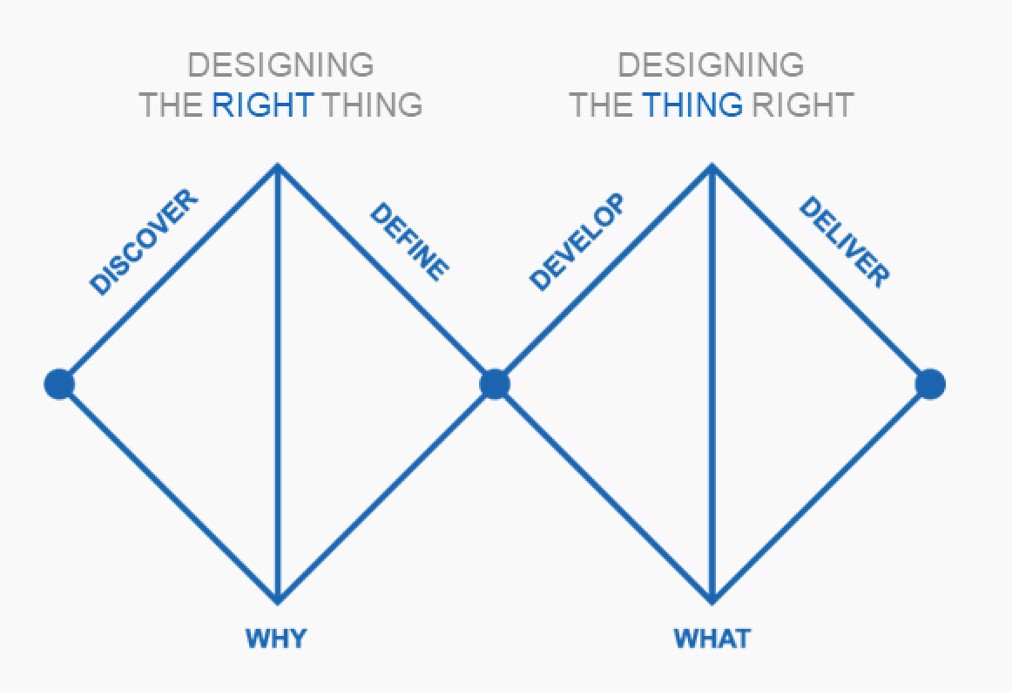The Scottish Approach to Service Design, 7 Principles
While we don’t have all the answers, we think we should start with a set of founding principles and build from there.
- We explore and define the problem before we design the solution.
- We design service journeys around people and not around how the public sector is organised.
- We seek citizen participation in our projects from day one.
- We use inclusive and accessible research and design methods so citizens can participate fully and meaningfully.
- We use the core set of tools and methods of the Scottish Approach to Service Design.
- We share and reuse user research insights, service patterns, and components wherever possible.
- We contribute to continually building the Scottish Approach to Service Design methods, tools, and community.
Using the SAtSD within TLS
The four pathfinder areas committed to using the SAtSD, and to redesigning services alongside citizens, named partners and third sector stakeholders.

In order to support the pathfinders we developed, and continued to test, a model of national support which includes a multi-agency, multi-disciplinary team providing:
- national co-ordination, support and being a critical friend, i.e. offering constructive challenge
- design expertise, including the provision of learning sessions and coaching in the application of the SAtSD
- subject expertise on technology enabled care
- knowledge exchange and skills development
- development and sharing of materials and tools
- support to identify and address barriers for Pathfinders that require co-ordinated support from national agencies using a case by case approach
We shared learning by supporting knowledge exchange through:
- funding the engagement and support of ‘named partners', to support and constructively challenge lead pathfinders; this is expected to result in increased uptake and engagement with the Programme
- fostering the use of a we based platform of evidence, case examples and other information
- deploying visual materials, bulletins, webinars, engagement in national and local events as appropriate, with website presence and publication of resources and evidence
- feeding back to contribute to the future development of the SAtSD
- working with partner organisations, and people who influence opinion, to raise awareness of the approach and its impact
- support for an integrated approach to evaluation
